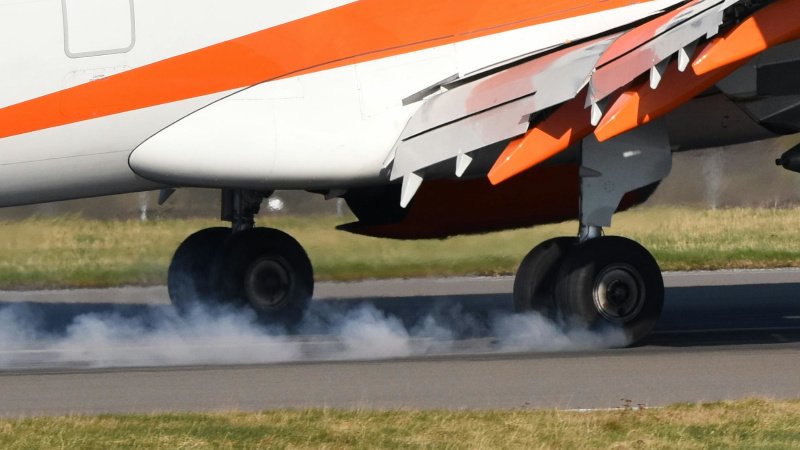
Aircraft Tire Load Ratings
What are aircraft tire load ratings and why are they important?
The aircraft tire load rating is the maximum weight that a tire can safely carry at a specified inflation pressure and speed. It’s one of the most critical specifications in aviation tire design because it directly affects aircraft safety, landing gear performance, and operational limits.
Definition
- Load rating (sometimes called load capacity) is expressed as the maximum static load per tire, typically in pounds or kilograms.
- It indicates how much weight each tire can bear when inflated to its rated pressure and operated within its speed rating.
How It’s Determined
- Manufacturers test tires according to SAE (Society of Automotive Engineers) and FAA standards, such as:
- SAE ARP 4914 – defines test procedures for aircraft tire performance.
- Tire and Rim Association (TRA) or European Tyre and Rim Technical Organisation (ETRTO) standards.
- SAE ARP 4914 – defines test procedures for aircraft tire performance.
- The rating is established through load-inflation testing, where a tire is run under increasing loads until performance limits (deflection, temperature, endurance) are reached.
Relation to Inflation Pressure
- The higher the inflation pressure, the greater the load capacity — up to the manufacturer’s limit.
- Each tire model has a load–pressure table that shows allowable loads for different pressures.
- Underinflation reduces load-carrying capability and increases heat buildup.
- Overinflation reduces traction and increases stress on the airframe and landing gear.
Example
A Michelin AIR 26×6.6–10 tire might have:
- Rated load: 1,950 lb at 120 psi
- Speed rating: 210 mph
This means the tire can safely carry 1,950 pounds at 120 psi while rolling at or below 210 mph.
Operational Use
During aircraft design or maintenance:
Engineers calculate the aircraft’s maximum takeoff and landing weight, divide it by the number of tires supporting that load, and ensure each tire’s load rating exceeds that per-tire weight with an appropriate safety margin.
